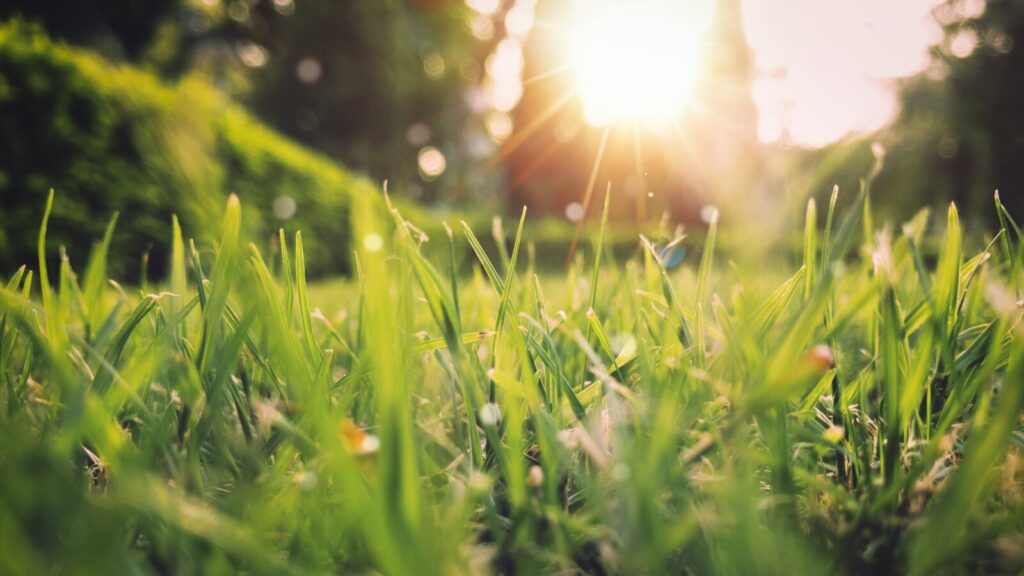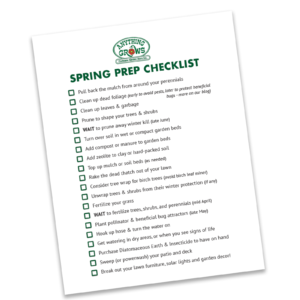
Every spring, there are a few of those early days when the sun peeks out, the air warms up, and the snow melts. Gardeners begin to stir and wrestle with the temptation to get gardening, despite their better judgement – after all, the widely touted “False Spring” is an Albertan specialty! Though the ground may still be too frozen to dig in, April and May are great months to prepare your yard for the gardening season with a proactive Spring Cleanup!

If you’re itching to get out in the yard, this checklist will walk you through everything you should consider, from early pruning, to pest prevention, to tidying up. (Pssst – scroll to the bottom for the downloadable check-list!)
Download the free printable checklist below!


We are Cochrane & West Calgary’s largest Garden Center, owned-and-operated by plant-loving locals. We’re glad you’re here. You can visit us 7 days a week in store, or online. Get Directions
Get free gardening resources, monthly coupons, and new arrival alerts, straight to your inbox.
Join Now